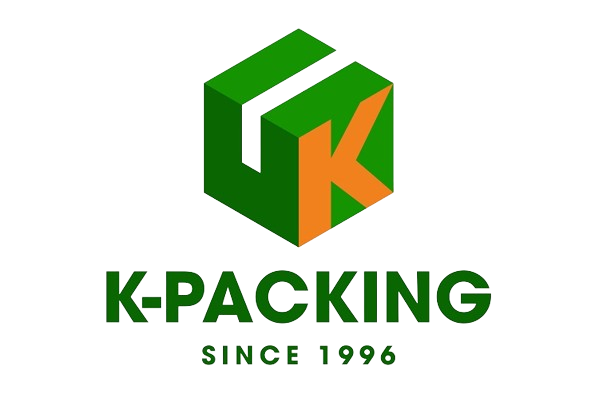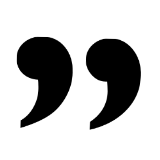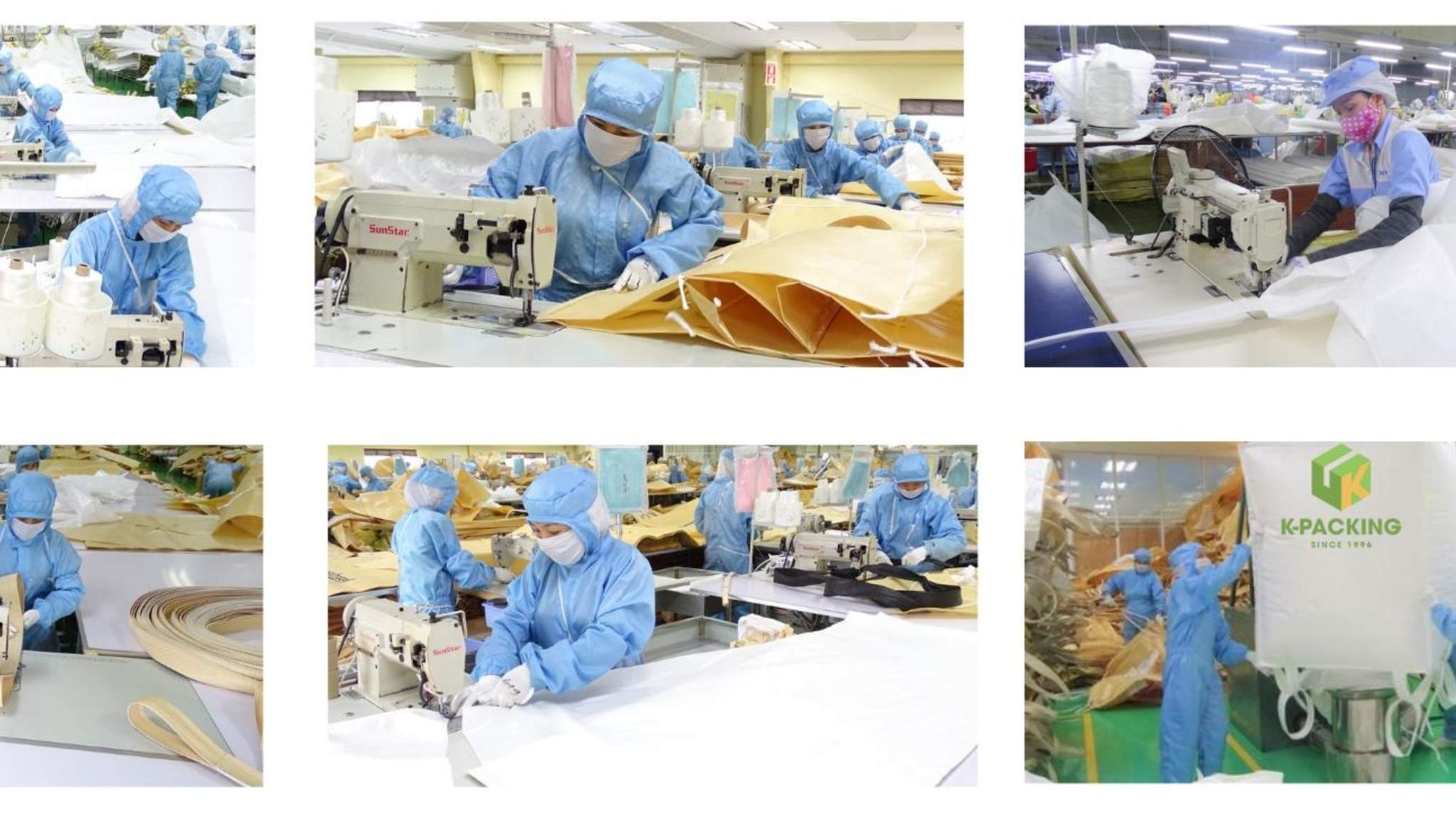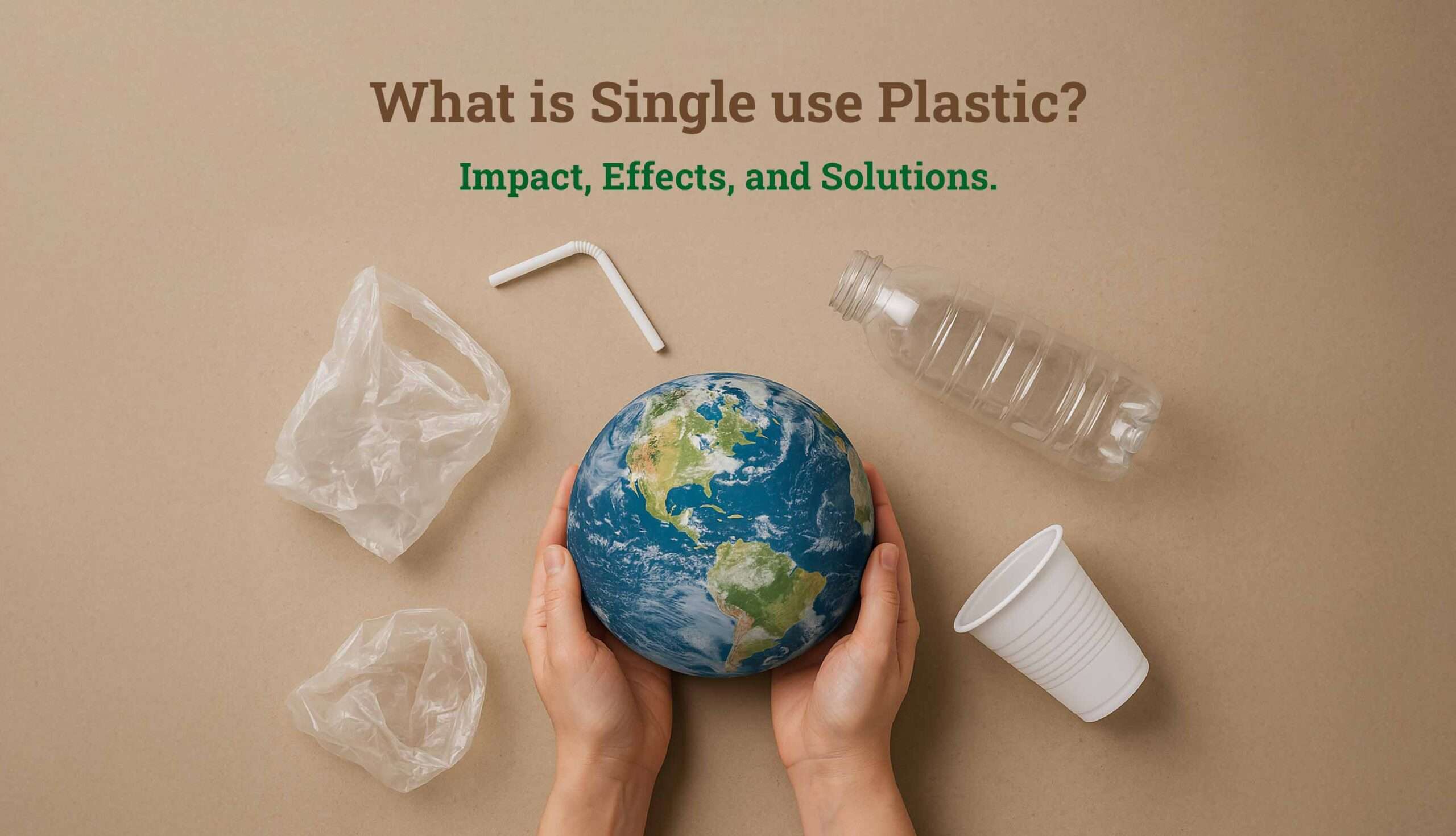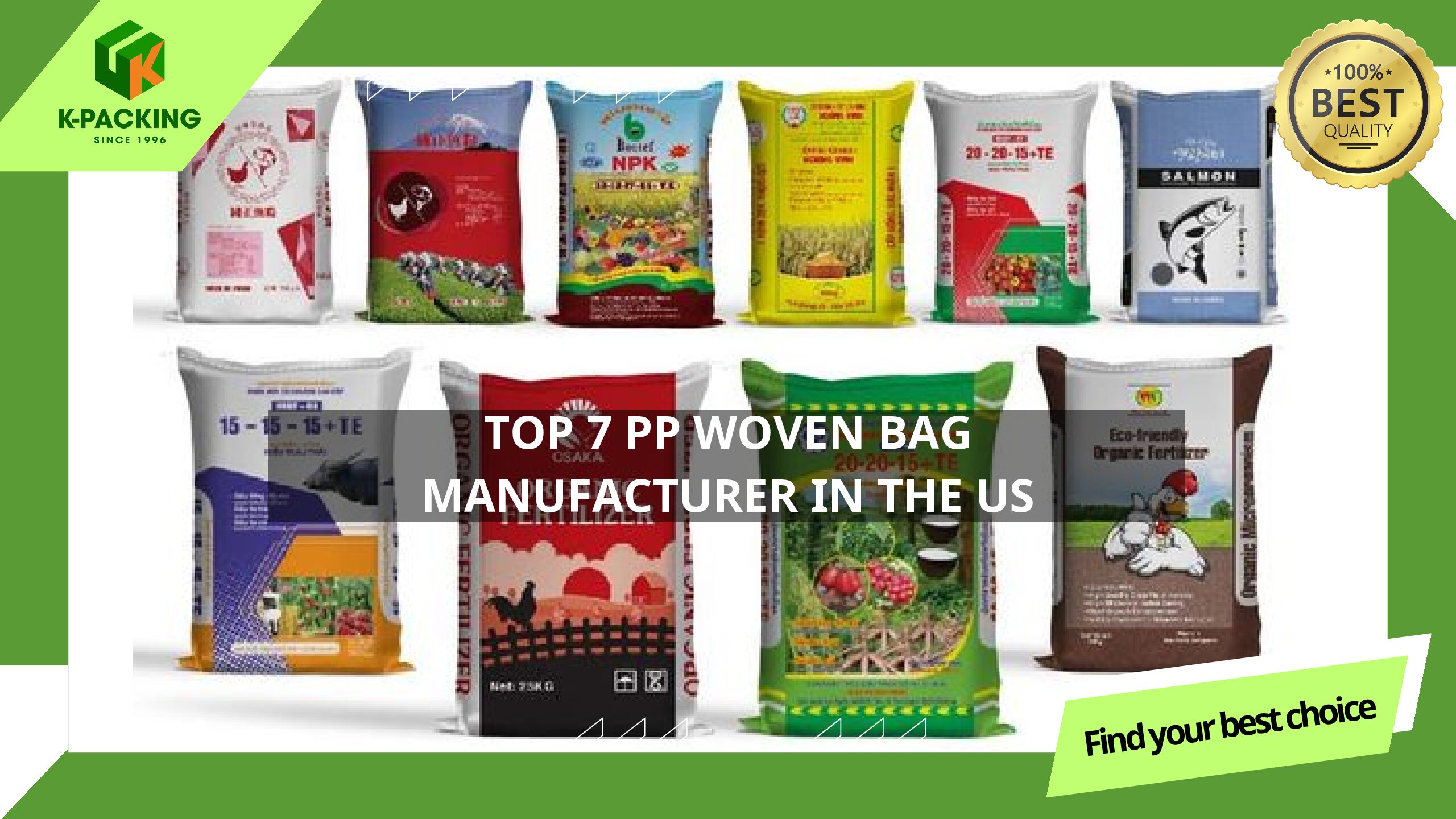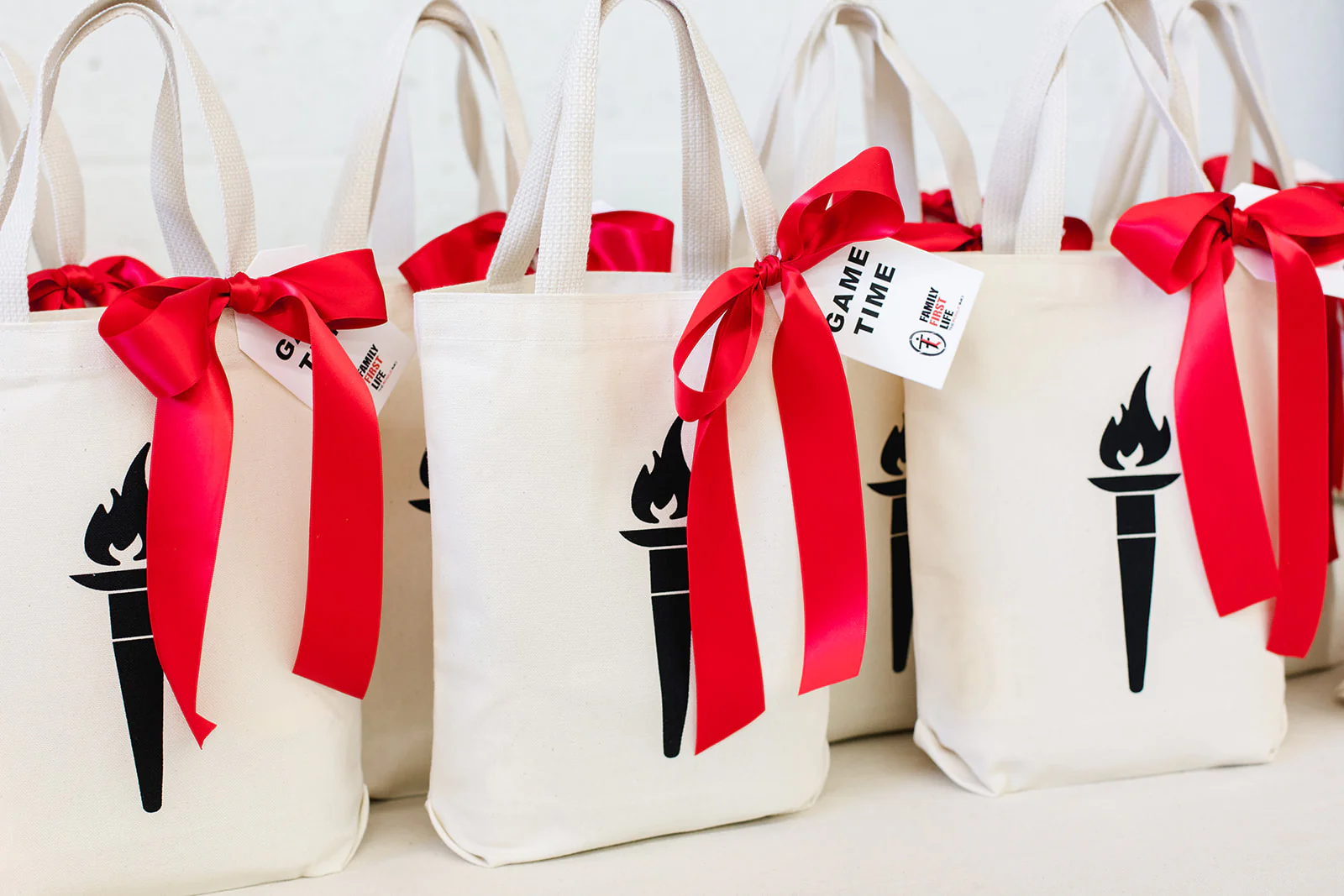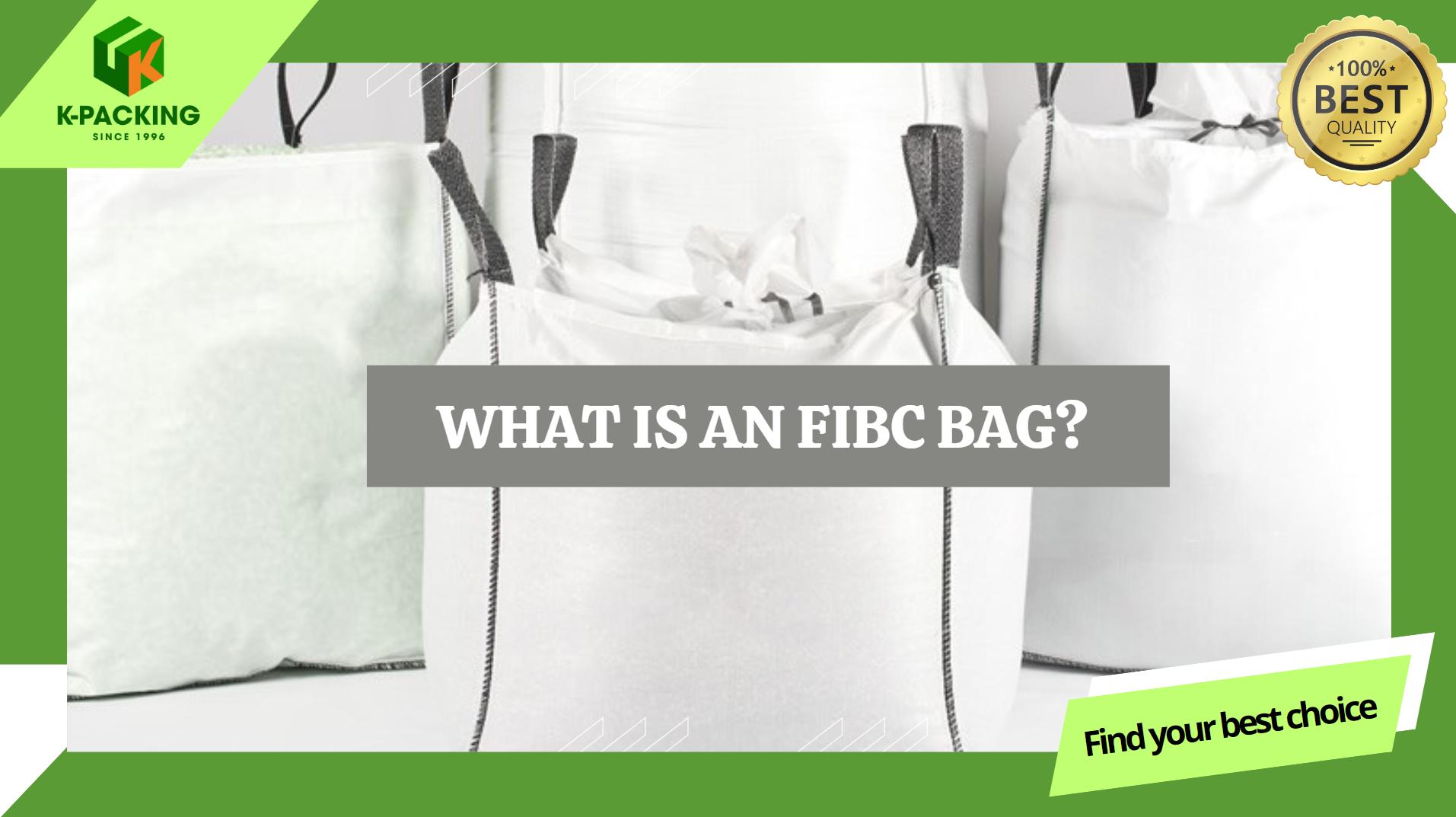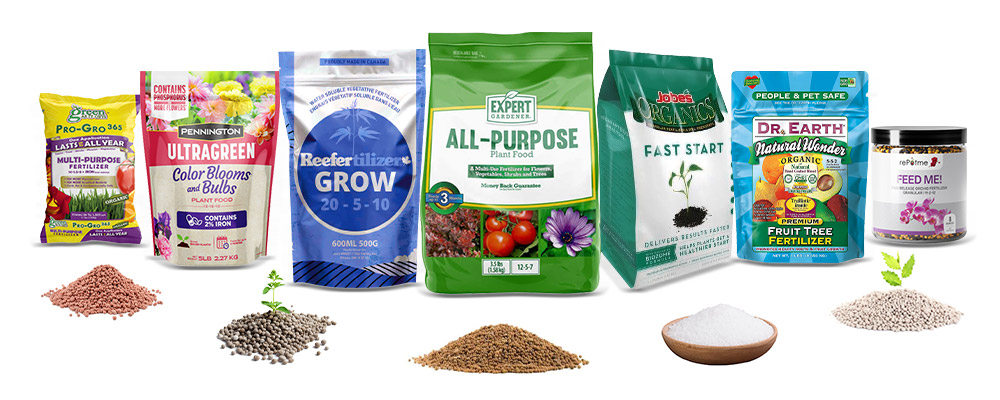Moisture is one of the biggest threats to animal feed quality. During storage or transport, even small amounts of humidity can cause mold, clumping, and nutrient loss – leading to product waste and financial damage for producers and distributors. According to a study on ResearchGate “Rapid and Non-Destructive Monitoring of Moisture Content in Livestock Feed”, fluctuations in feed moisture can cause spoilage before they are even detected, highlighting the importance of maintaining stable moisture levels in feed management.
In this article, we explore how modern feed bags are made, how well they protect against moisture, and which types are best suited for different storage needs. From material composition to waterproof performance and practical selection tips, this guide will help you choose the right packaging solution for your business.
1. What are animal feed bags made of?
In modern livestock farming, feed packaging is not just a container, it is the first layer of protection that preserves the nutritional value and shelf life of animal feed.
The composition, structure, and finishing treatment of the bag directly determine its durability, moisture resistance, and food safety performance. Today, the most widely used material is woven polypropylene (PP woven) – a thermoplastic polymer known for its strength-to-weight ratio and cost efficiency.
Polypropylene fibers are woven into circular fabric to create a lightweight yet high-strength structure.This woven texture allows the bag to handle heavy loads, resist tearing, and maintain shape stability even in rough handling.
PP fabric is non-toxic, non-hygroscopic, and chemically inert, capable of withstanding temperatures up to 100°C with a melting point around 165°C, making it ideal for long-term feed storage.
A typical feed bag uses a weave density of 10×10 to 12×12 threads per inch, with denier ranging from 700D to 1000D. This configuration delivers 40–50% higher tensile strength compared to regular PE bags and prevents punctures or tearing during stacking and transportation.
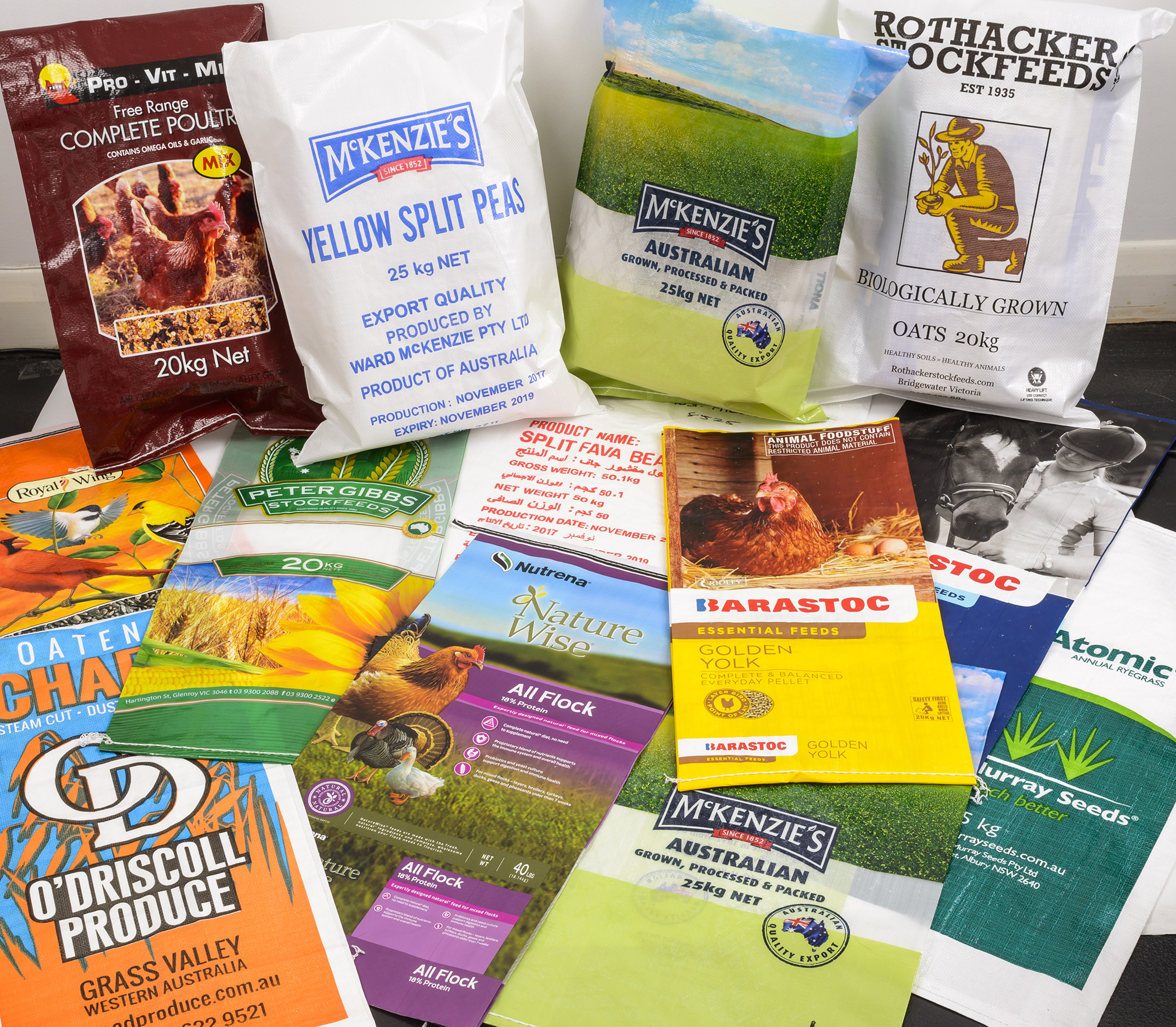
2. Are animal feed bags waterproof?
The water resistance of animal feed bags depends on their construction, coating, and inner lining. Each configuration provides a different level of protection against humidity, condensation, and “container rain” during storage or transport. Understanding these differences helps determine the right bag type for each environment.
2.1 Uncoated PP woven bags
Standard PP woven bags are made by weaving polypropylene threads together, forming small gaps between fibers.This woven structure allows air to pass through, which helps reduce internal condensation for dry grains. However, it also permits moisture to penetrate from the outside.
For that reason, uncoated PP woven bags are not waterproof and should only be used in dry indoor warehouses where humidity is stable and controlled.
2.2 BOPP laminated bags
When a BOPP film (Biaxially Oriented Polypropylene) is laminated onto the PP woven fabric, it adds a smooth outer surface that serves as a moisture barrier.
This lamination significantly improves water resistance by preventing humidity from entering the bag. In addition, the BOPP layer offers UV protection and allows high-quality printing for branding or product labeling. BOPP laminated bags are suitable for semi-humid environments or short-term outdoor exposure during transportation.
2.3 PP woven bags with PE liner
For high humidity conditions, coastal warehouses, or long-distance sea transport, PP woven bags with an internal PE liner provide the highest level of protection.
The polyethylene (PE) film inside the bag forms a nearly impermeable barrier, blocking moisture and preventing condensation from damaging the feed.
This dual-layer structure combines the mechanical strength of woven PP with the waterproof characteristics of PE, making it ideal for export and long-term storage.

3. How to choose the right animal feed bag
Choosing the right animal feed bag involves balancing protection, durability, and economic performance. The optimal solution depends on feed type, humidity exposure, handling requirements, and export standards. The following criteria outline key points for selection.
3.1 Type of feed and storage requirements
Each feed type has different moisture and temperature sensitivities.Grain-based feeds such as corn or soy must be dried below 13% moisture before packing. They should be stored in PP woven bags with PE liners to prevent humidity absorption.
Pelleted and protein-rich feeds (like fishmeal or bone meal) are more vulnerable to mold and oxidation. These require laminated or airtight bags kept below 30°C and away from sunlight.
Aquatic feed is extremely moisture-sensitive, so PE-lined or one-way valve bags are preferred to reduce condensation during storage and shipping.
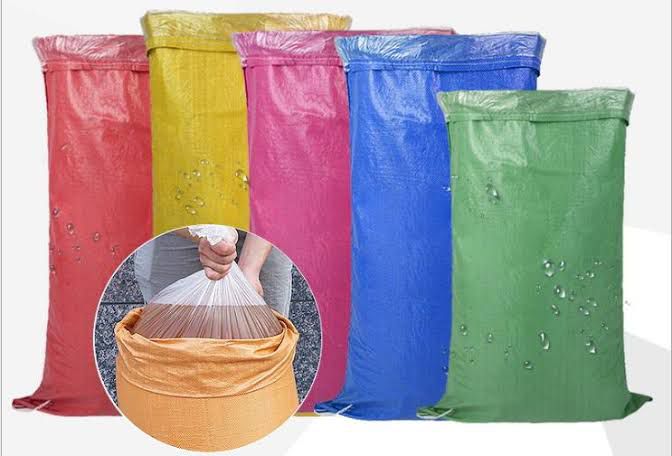
3.2 Moisture resistance and storage conditions
Bag choice must reflect climate and storage conditions. For dry indoor warehouses, uncoated PP woven bags are economical and sufficiently breathable to prevent internal moisture buildup.In areas with variable humidity, BOPP laminated bags perform better, offering moisture resistance and UV protection.
For exports, long-distance sea transport, or coastal regions, PP woven bags with PE liners are essential. They prevent “container rain” and maintain feed integrity in changing temperatures. When storing outdoors for months, bags with UV stabilizers can extend protection for 6–12 months.
3.3 Bag size and load capacity
Bag capacity should match the operation scale and feed density. Small farms or retail supply typically use 15–25 kg bags; medium operations use 25–35 kg; bulk distributors and exporters prefer 35–50 kg. Industrial packaging may use jumbo FIBC bags (500–1000 kg).
Since pelleted feed is denser (0.6–0.7 kg/L) than powdered feed (0.4–0.5 kg/L), the correct size prevents deformation or overloading during stacking.
3.4 Strength and durability
Durability is essential for maintaining product safety throughout handling and transportation. High-quality PP woven fabric can withstand 20% more than its rated load, with tensile strength 40–50% greater than ordinary bags.
Double-stitched seams, folded bottoms, and uniform fabric density minimize tearing risks during lifting, filling, or stacking.
For export or heavy-duty use, reinforced stitching and thicker PP yarn ensure longer lifespan.
3.5 Certifications and quality standards
Reliable packaging suppliers must comply with international certifications. ISO 9001 ensures production consistency, while ISO 14001 demonstrates environmental responsibility.
For feed-contact safety, global standards such as BRC, FDA, and HALAL confirm hygienic production and non-toxicity. Additionally, migration tests verify that no chemical residues transfer into the feed. For EU markets, REACH compliance guarantees chemical safety in all manufacturing processes.
3.6 Cost and economic efficiency
Cost-effectiveness should be viewed through the balance between price and protection. Uncoated PP woven bags are inexpensive and reusable – suitable for short-term domestic use.
BOPP laminated bags cost more but provide better barrier performance and professional appearance for branded products. PE-lined PP woven bags have the highest initial cost but deliver superior protection and reduced losses from moisture damage. In the long term, this results in higher efficiency and better return on investment.
Conclusion
Choosing the right animal feed bag is about finding the balance between durability, moisture protection, and economic value. From standard PP woven bags for dry storage, to BOPP laminated types with enhanced moisture and UV resistance, and finally to PE-lined PP bags offering near-complete waterproofing for export – each option serves a specific purpose in protecting feed quality.
By understanding how material, structure, and storage conditions interact, businesses can select packaging that maintains freshness, prevents losses, and supports long-term brand reliability.
K-packing hope this guide has helped you clearly understand the different types of feed bags and how to choose the most suitable solution for your operation.
